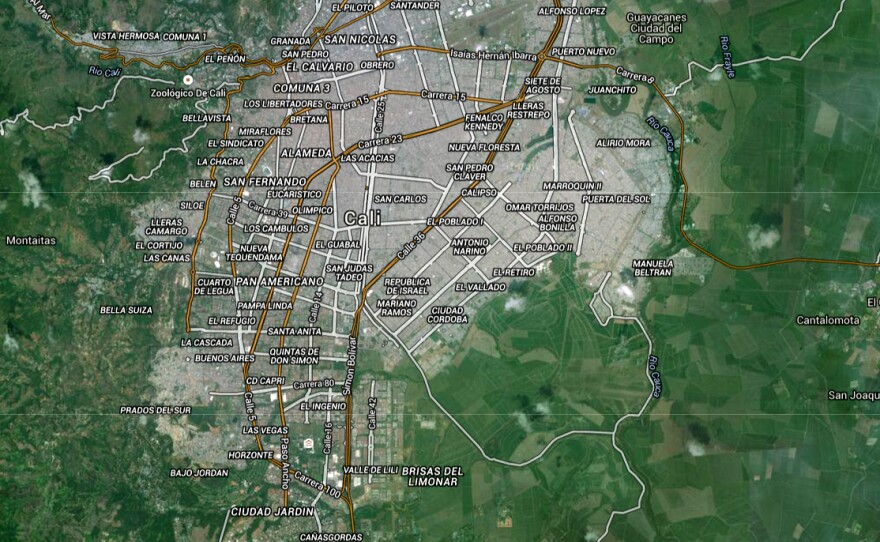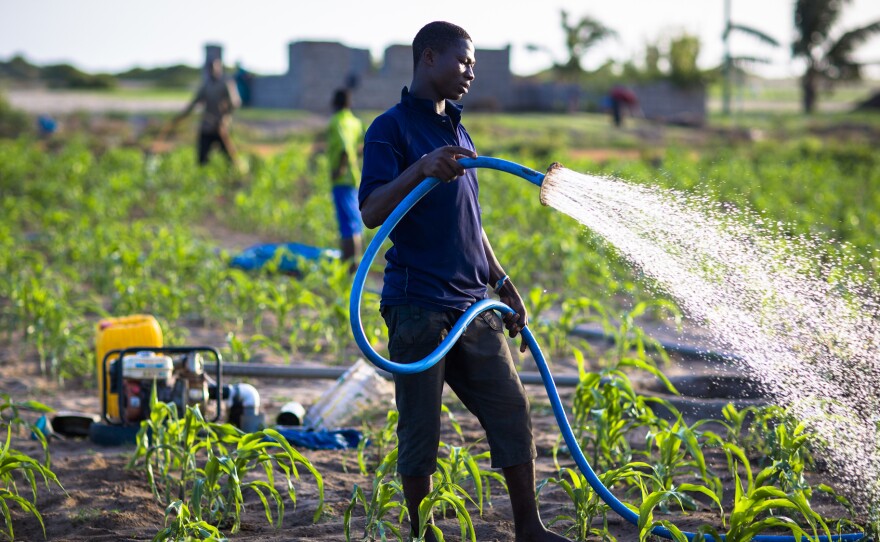

Urban agriculture is clearly taking off around the world — in backyards, on rooftops and on local farms.
But just how much of the world's cropland can we really call urban? That's been a big mystery.
Now, a study published in the journal Environmental Research Letters has an answer: Somewhere around 1.1 billion acres is being cultivated for food in or within about 12 miles (20 kilometers) of cities. Most of that land is on the periphery of cities, but 16.6 percent of these urban farms are in open spaces within the municipal core.
The researchers — who hail from the International Water Management Institute, the University of California-Berkeley and Stanford University — looked at a combination of remote-sensing analyses of satellite imagery and agricultural census, population and socioeconomic data. They say theirs is the first global assessment of urban croplands and the water they consume.
Anne Thebo, an environmental engineer at the University of California-Berkeley and the study's lead author, says that the research revealed that a surprisingly large number of urban farms rely on irrigation, especially in South Asia. Since many cities in this region are growing rapidly and already face challenges accessing enough water, these farms end up competing with the city for the scarce resource.
The study "has a lot of interesting implications for urban water management," Thebo tells The Salt.
But even though the analysis found that some 80 percent of the world's urban farms (at least the ones big enough to be visible by satellite) are in the developing world, governments in those countries are not always supportive of them.
As Pay Drechsel, a scientist at the International Water Management Institute and co-author on the paper, notes, what's hip and green in rich nations is viewed as backwards in poorer ones — "an inconvenient vestige of rural life that stands in the way of modernization."
"That's an attitude that needs to change," Drechsel said in a statement.
As we reported in 2012, a survey from the Food and Agriculture Organization found that urban farms in Africa are at risk of being lost to housing and industry.
Thebo notes that her research may be an underestimate of urban farms also because she and the other researchers only considered farmed areas in and around cities with at least 50,000 residents, even though many countries define areas with smaller populations as "urban."
Copyright 2014 NPR. To see more, visit http://www.npr.org/.






